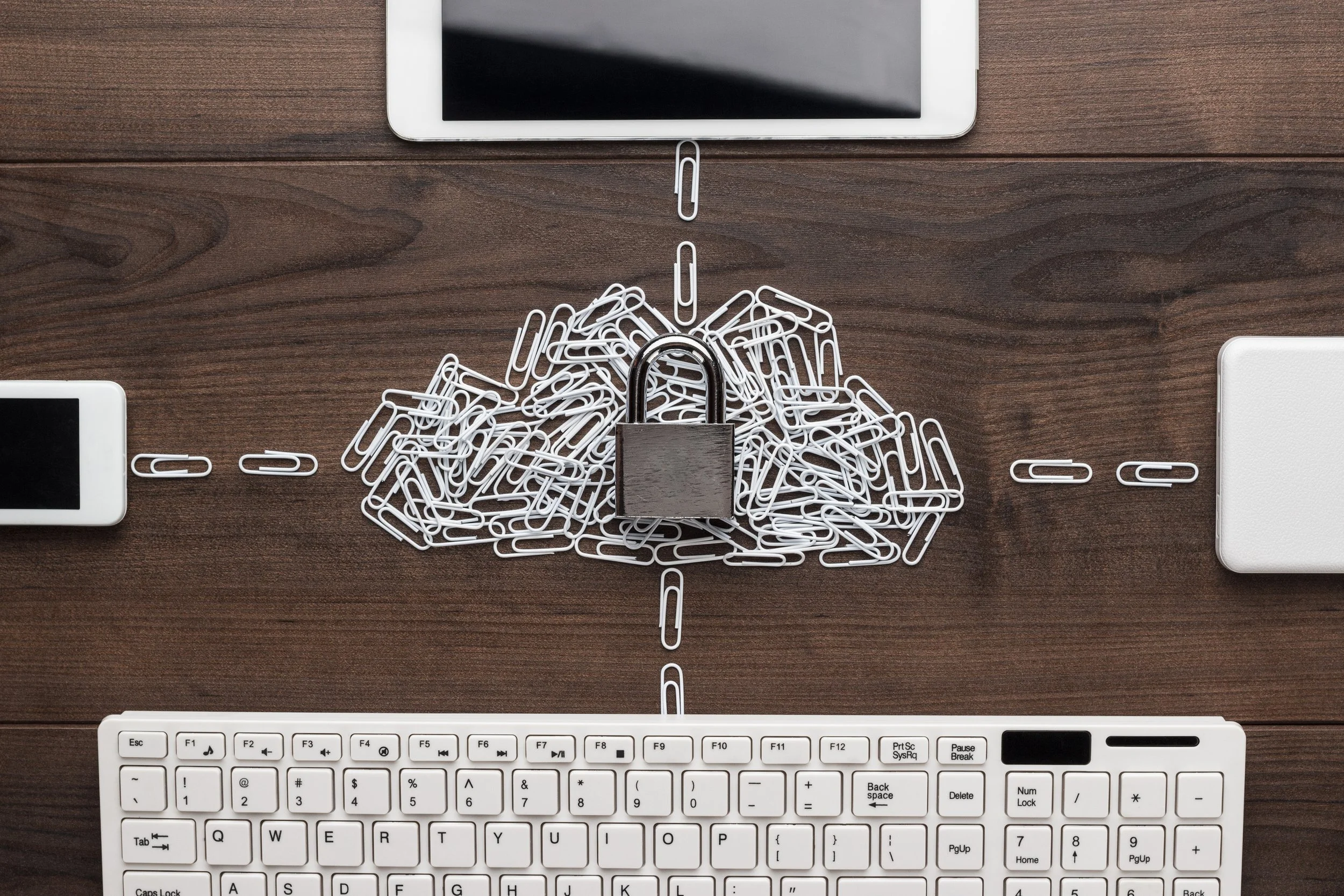They Don't Just Encrypt Your Data Anymore. They Steal It. The New Rules of Ransomware Defense.
The word "ransomware" often brings to mind a locked computer screen and a demand for cryptocurrency.
For many business leaders, this picture is dangerously outdated. Modern ransomware attacks have evolved from simple digital extortion into sophisticated, human-operated campaigns that focus as much on data theft and public shaming as they do on encryption.
This new form of attack, sometimes called "extortionware," means that simply having backups is no longer a complete defense. Attackers are now exfiltrating your most sensitive corporate data before they encrypt anything, adding a second layer of extortion: "Pay us, or we release your confidential files to the public."
The financial consequences are severe. The cost of business downtime, recovery efforts, and reputational damage following an attack can be up to ten times greater than the ransom demand itself. Given that attackers are now deploying ransomware within a single day of their initial breach in over 50% of cases, the window to react has shrunk dramatically.
A modern defense requires a continuous, holistic approach that covers every stage of an attack. It demands that leaders shift their focus from pure prevention to a comprehensive strategy of preparation, detection, response, and resilience.
A Modern Framework for Ransomware Defense
An effective defense strategy can be broken down into three critical phases: Pre-Incident, Peri-Incident (during the attack), and Post-Incident.
Phase 1: Pre-Incident: Building Your Fortress Before the Attack
The most impactful work happens long before an attack is ever detected. Preparation is the key to surviving a modern ransomware incident.
The Board-Level Decision:
The question of whether to pay a ransom is a complex business decision, not a technical one. This decision must be debated and a governance process established at the executive or board level, with input from legal counsel, before you are under the pressure of a live attack. Waiting until a crisis hits is too late.Your Last Line of Defense: Immutable Backups:
Your primary defense for data recovery is a robust and resilient backup strategy. This means ensuring your backups are "immutable," meaning they cannot be altered or deleted by an attacker who has gained access to your network. This process must be regularly tested to uncover any deficiencies in your recovery plan.Critical Security Hygiene:
Human-operated ransomware campaigns thrive on common security weaknesses. The primary entry points continue to be phishing, attacks on public-facing applications, and compromised credentials from weak identity management practices. A holistic approach to security hygiene is therefore essential and must include:A reliable asset management process to know what you need to protect.
A risk-based vulnerability management program to continuously patch weaknesses that allow attackers to move laterally.
A zero-trust strategy to reduce the risk of attackers abusing implicit trust within your network.
Phase 2: Peri-Incident: The Need for Speed in Detection and Response
No matter how strong your preparations are, you must assume an attack may eventually get through. When it does, your ability to quickly detect and contain the threat will have the biggest impact on the outcome.
This requires modern security tools that focus on behavioral anomalies, not just known threats. Technologies like Endpoint Detection and Response (EDR) and Identity Threat Detection and Response (ITDR) can alert you to suspicious behaviors that indicate an attack is underway. Once an attack is detected, the most common and effective containment technique is to isolate the affected machines from the rest of the network, which most EDR tools can execute instantly.
Phase 3: Post-Incident: From Recovery to Resilience
After an attack has been contained, the work is far from over. This phase involves two critical activities:
Recovery:
This goes beyond just restoring data from backups. It involves recovering entire machines to a known good state and validating the integrity of every device before it is allowed back onto the network.Root Cause Analysis:
You must understand exactly how the attack happened, which controls failed, and what data, if any, was stolen. This is not a task for an internal IT team alone; it requires specialist skills.
A thorough Digital Forensic and Incident Response (DFIR) investigation is essential to uncover the root cause and ensure the attackers, along with any backdoors they may have left, are truly gone from your environment. Many organizations find that having an Incident Response Retainer in place with a specialist firm before an incident occurs is the most effective way to reduce costs and dramatically increase the speed of response and recovery.
Conclusion: A Continuous Cycle of Preparedness
Defending against modern ransomware is not about deploying a single tool. It is a continuous business function that requires a cycle of preparation, rigorous defense, and resilient recovery. By understanding how these attacks have evolved, leaders can move beyond an outdated prevention-only mindset and build a truly resilient organization.
AKATI Sekurity provides the strategic services needed to manage this entire lifecycle. Our Security Consulting and Compromise Assessments help you prepare your defenses, while our expert Digital Forensic and Incident Response (DFIR) team provides the critical support needed to respond and recover from an attack, turning the lessons learned into a stronger, more resilient defense for the future.

